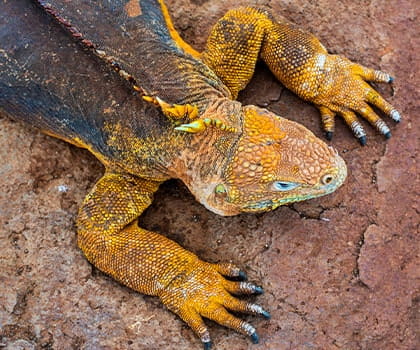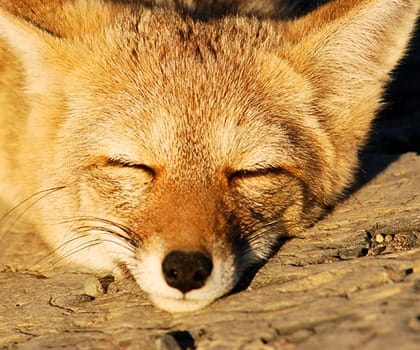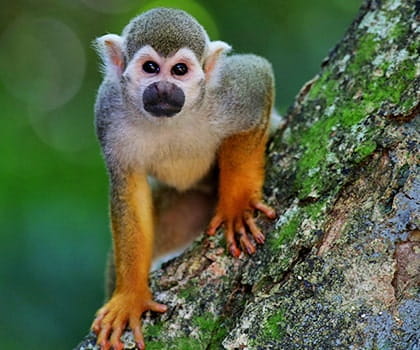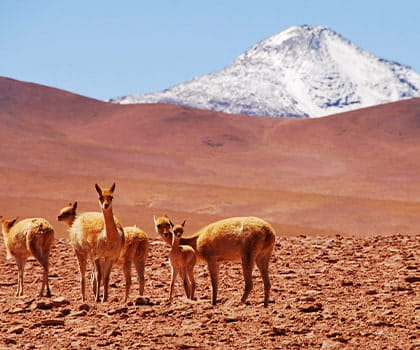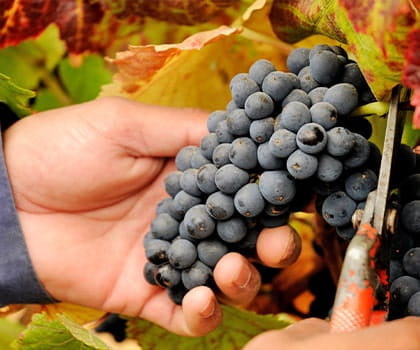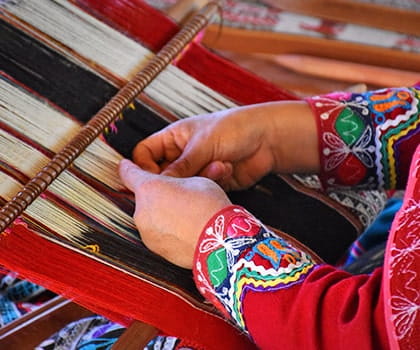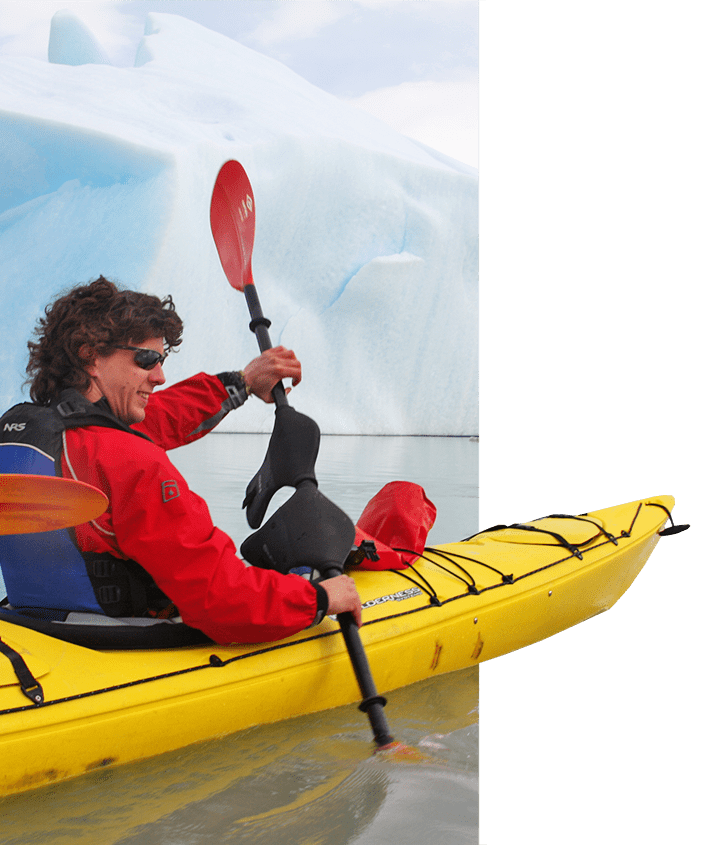
Thinking about taking a trip to Patagonia? In this article, we discuss how to prepare for such a trip and how to identify common mistakes that travelers often make hen planning an adventure to this part of the world.
Patagonia is a wild and rugged land, filled with breathtaking landscapes and exotic ildlife. There are few other places in the world where you can experience such a great sense of solitude in the wild, yet at the same time be surrounded with some much beauty that fills the soul. You can be witness to lakes and rivers teeming with wildlife; visit gauchos (local cowboys) living on windswept ranches; and get up-close to ancient glaciers to the point that you can actually walk atop these ice cathedrals! Spanning over millions of square miles, Patagonia offers an array of orlds to be discovered.
Which Part of Patagonia You Are Planning to Visit? Northern vs. Southern
Patagonia is the name bestowed upon a very large area of land shared by the countries of Chile and Argentina. It is divided into Northern and Southern Patagonia, separated by the Southern Patagonian Ice Field.
Because the area is so large, seeing the whole of Patagonia and all of its highlights in one trip would take months. The terrain, flora and fauna vary greatly as you travel along this marvelous region of South America, so when planning your trip you must be sure you know which part of Patagonia it is that you want to visit. Determining this ill define your trip experience, and determine what you will see in the region as well as the activities you will be able to do each day.
Northern Patagonia is the region north of the Southern Ice Field, a region shared by the Provinces of Rio Negro and Chubut on the Argentinean side, and the regions of Aysen and Los Lagos on the Chilean side. On the Argentinean side, you have important cities and highlights like Neuquen, Bariloche and San Martin, while on the Chilean side you have important cities and highlights like Puerto Montt, Puerto Varas, The Austral Road, Chiloe, Futalefu and Coyhaique. This part of Patagonia is also known as the “Green and Untamable Patagonia”, with wild rivers and fascinating, extensive lakes surrounded by rich vegetation and vast forests. This is also the region where the famous Carretera Austral runs through, which is considered by many to be South America's most spectacular road. For those interested in Fly Fishing and lush green forests with beautiful lakes, this is definitely that part of Patagonia you want to visit.
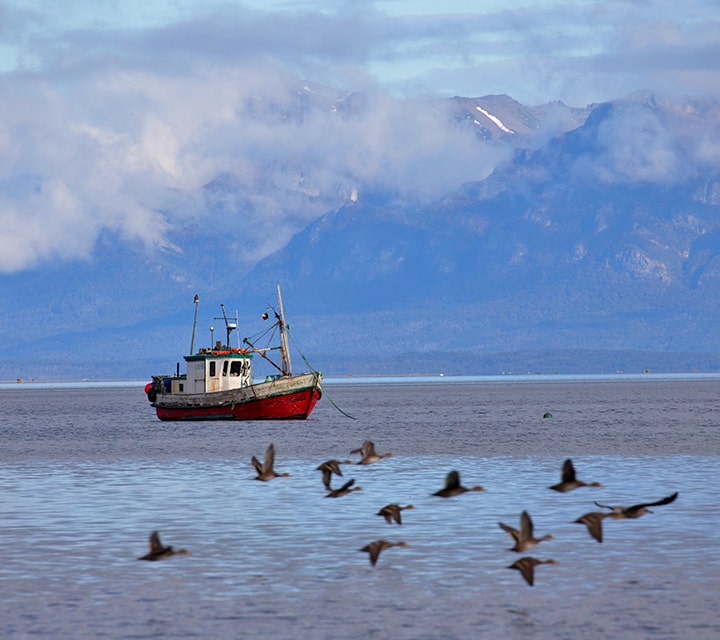
Starting in the Southern Ice Field and all the way down to Cape Horn, we find Southern Patagonia, a part of Patagonia here one can visit the Southern Ice Field, Torres del Paine National Park, El Chalten, El Calafate, Tierra del Fuego and even parts of Antarctica. This region does not have abundant, thick forests like Northern Patagonia does, but instead you will find monumental glaciers like Perito Moreno in Argentina, and massive rock formations like Torres del Paine in Chile.
As you can see, Patagonia is made up of two very different regions with their own attractions, so knowing exactly which part of Patagonia you want to visit will make all the difference as you start to plan your trip.
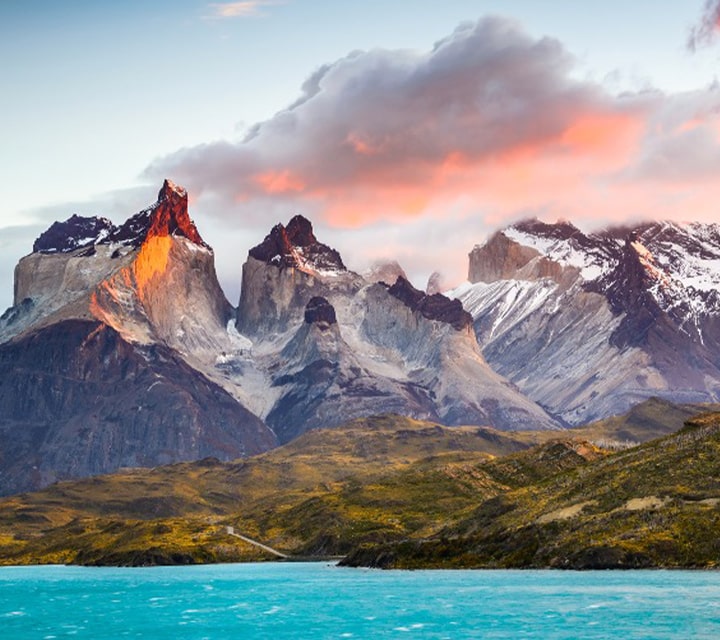
True Wilderness vs. Crowded Trails in Patagonia - When to Visit
One of the highlights of traveling to Patagonia is being surrounded by the grandeur of nature. During different times throughout the year, you will find a great variation in the number of people visiting this region. For those who want to enjoy the sounds of nature and to disconnect from the routines of modern life, you will want to travel to Patagonia when the Parks are less crowded, which is from mid-March through late October. Between the months of November and mid-March, you will inevitably experience more crowds all around Patagonia. This does not mean that you will find crowds everywhere you go during this time of the year, however, you will inevitably find crowds in the most popular visitor sites within the National Parks. There is always an option to find trails with less people in them, but this requires the knowledge of a local expert.
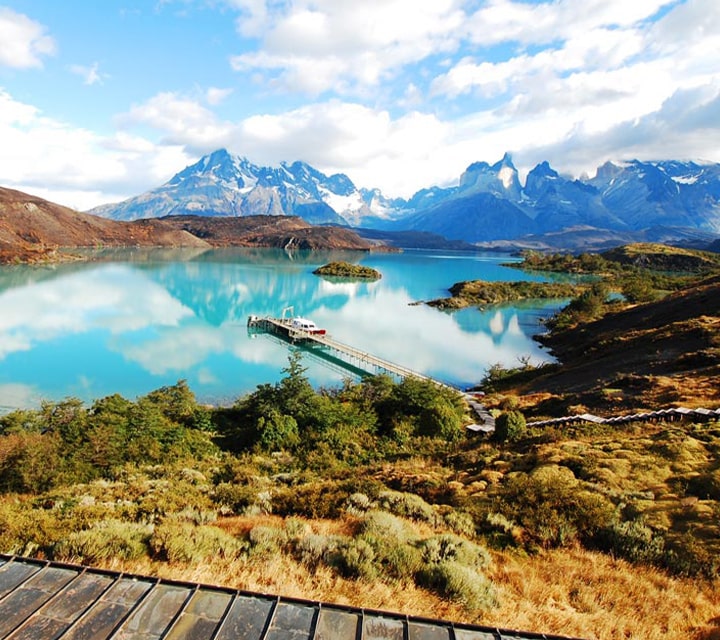
Another factor that will influence when you decide to travel is the Patagonia weather. Patagonia has ever-changing weather and you may even experience all four seasons in just a couple of hours. However, there is a general pattern to the weather in Patagonia, depending on the time of year you visit. Between April - September the weather is cooler, and you may experience days with temperatures below zero. Additionally, the days are shorter during this time of the year, with sunrise being as late as 8 or 9 am, and sunset ranging from just before 5 pm to 7:30 pm. The beauty of this cooler season is in the extremely calm days, with little or no wind at all. This gives way to a magnificent scenery, where pearl white mountains reflect on the mirror-like lakes below. This time of the year is great for Puma tracking expeditions in Southern Patagonia, as Puma sightings become a lot more common due to the lack of people in the Parks and the concentration of Guanacos in the central part of Torres del Paine National Park. Further north of the Southern Ice field there is not as much snow as in the South, but rather a lot of rain, increasing the level of rivers that roar and thunder day and night.
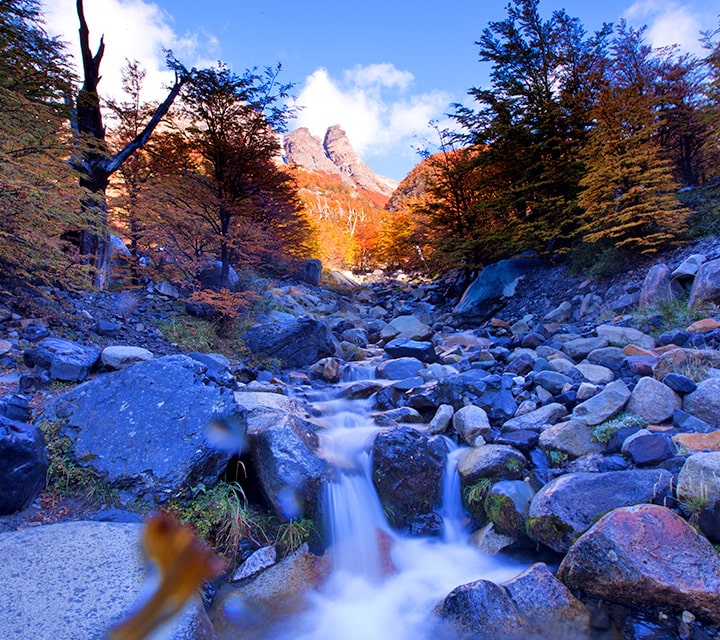
Between November and mid-March, temperatures are more elevated and the days are long, with sunrises as early as 5am and sunsets as late as 10pm. Though strong winds may pick up at this time of the year and limit the activities you may do during the day, this should not stop you from enjoying the great outdoors as there are always many excursions one may do. This time of the year is great for trekking, horseback riding, kayaking, fishing and may other outdoor activities. As the days are long, you have plenty of time to enjoy the outdoors and be outside for as long as you want.
So Little Time, So Choose Your Patagonia Activities Wisely...
As detailed previously, Patagonia is an extremely large region, so trying to visit every corner of Patagonia in just one trip does not make sense, unless you have several months to do so. Because of this, you will want to choose your destination and your activities very wisely each day. Your options include trekking, kayaking in vast lakes spotted with icebergs, horseback riding, bird or animal watching, navigations and more! There are activities for travelers of all ages, abilities and interests, so in that sense anyone can enjoy Patagonia at their own pace. What you choose to do should obviously be in line with your interests, but we always encourage travelers to try something new that they have not done before, especially when visiting such a unique place. There is always room for flexibility on our Patagonia trips, so if you have a change of heart and decide you want to change what you had planned, there is a possibility that you can change the activity had planned on the spot.
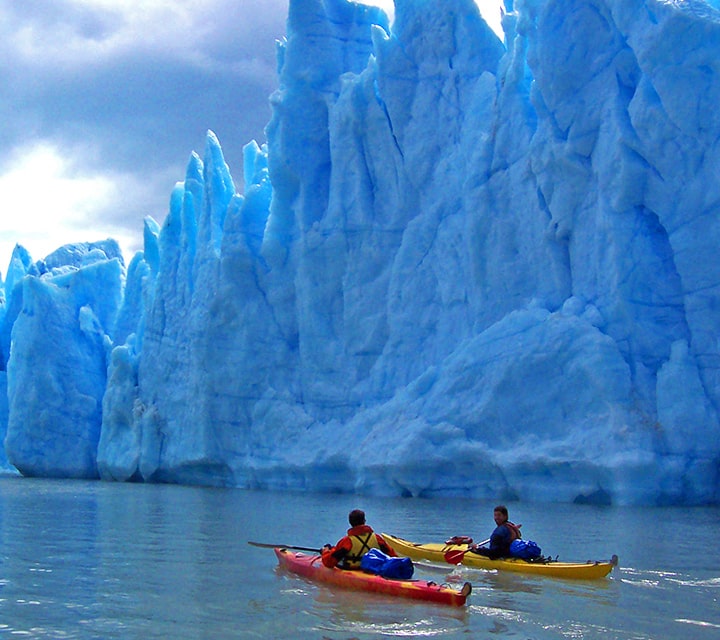
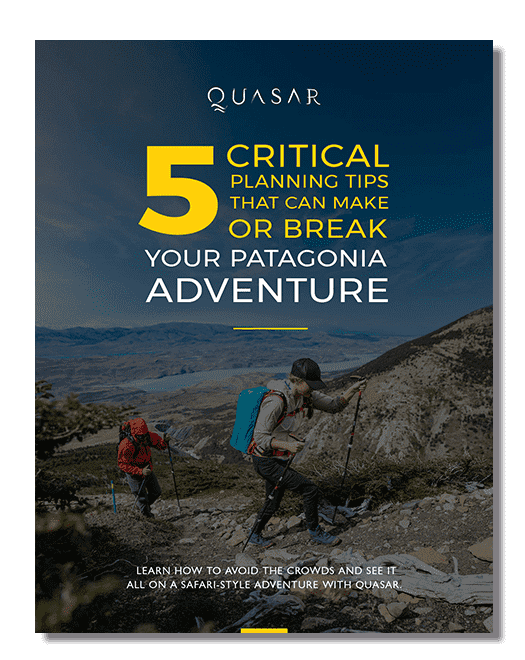
Great Patagonia Guide or Lost Soul?
Our guides in Patagonia live in the region for a large portion of the year, if not year-round. For this reason, there are few people like them who know the area better and can make the difference between a good and an exceptional adventure. A great guide, when not showing tourists around and teaching them about what they can see (and certain things that cannot be seen unless you are told), will dedicate his time to two things mainly: The first of these is studying about the region, the flora and fauna, its history and any other information that may help further their knowledge and make their guiding experience more complete.
The other thing is that great guides will dedicate their free time to going out into the parks and trails, looking for new experiences, searching for alternative activities and learning more on terrain, so as to show you a side of Patagonia that few get to see. Their goal is to generate a hands-on learning experience while putting themselves in the shoes of a new visitor ho has never seen these places before. It is the dedication and experience that our guides have that make them the ideal companions and leaders on our trips. As people say, time is money, so if you are trying to save money, do not do so when it comes to your guide. This can make all the difference in your adventure.
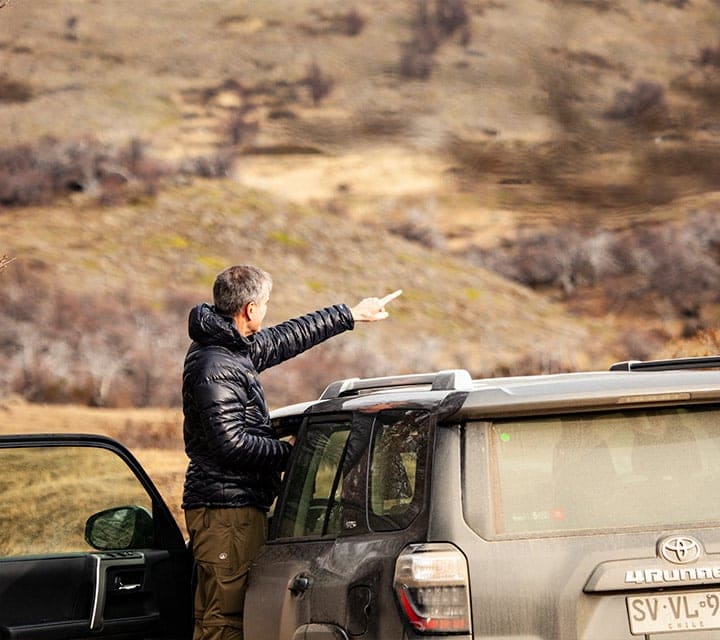
Take Care Before You Book Your Air to Patagonia
When booking your flights to Patagonia there are many factors to consider. The first of these is that you need to book your flights around your desired travel plans, and not define your travel plans around your pre-booked flights. Sometimes we book flights to take advantage of an ongoing airline special without giving much thought to the specific travel plans, only to end up hitting ourselves on the head for not having stayed longer. You must leave enough time to visit the best parts of this vast region, as there are dozens of sites that once you are there, are an absolute must.
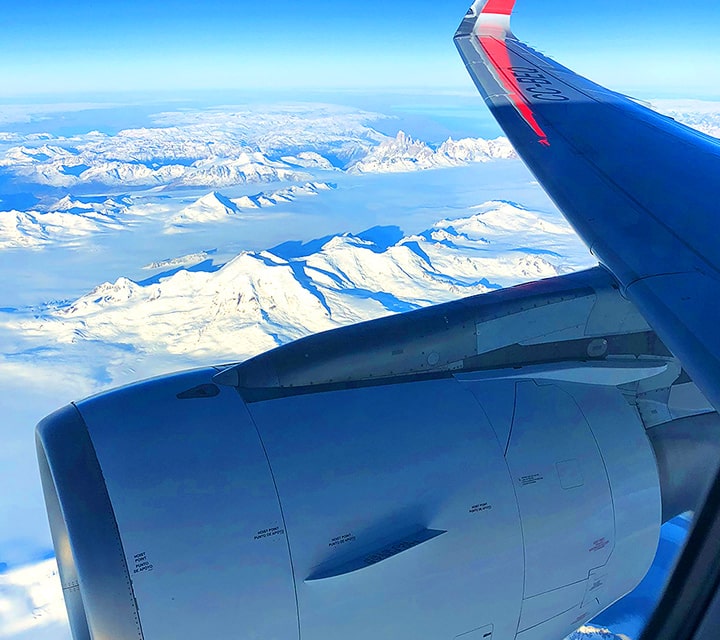
The second factor to determine before booking your air is, if you will be visiting just Chilean or Argentinean Patagonia or if you will be visiting both sides. On the Chilean side, flights going to either Coyhaique (for Northern Patagonia) or Punta Arenas (for Southern Patagonia) depart from Santiago, Chile. For this reason, if you want to travel straight to Patagonia, you must consider a fair amount of time for your connection, so as not to have any problems. Next, you will want to consider transfer times after you arrive in Patagonia. This will obviously depend on where you will be staying. For example, if you are going to Puerto Natales, the trip from Punta Arenas can be up to three hours long on a normal day if weather conditions are not optimal. Also, because of these long transfers, you might want to take into consideration your time of arrival to your final destination, as arriving in the early hours of the morning could mean a lost day.
Take the Proper Patagonia Gear
Patagonia weather will never cease to surprise you, and the key to enjoying your daily activities is to stay dry. You can experience sunshine, wind, rain and even snow during a single day, so you must be prepared for all weather conditions. This requires that you have the correct gear and that you pack intelligently. The key when dressing up for an outdoor adventure in Patagonia is to dress in several thinner layers, like an onion, rather than few thick layers. This will allow you to put on and take off layers as the weather changes during the day, without worrying about being too warm or too cold. aterproof jackets, good trousers and good trekking shoes are a must, as well as windproof gear and warmer clothing for those chilly days.
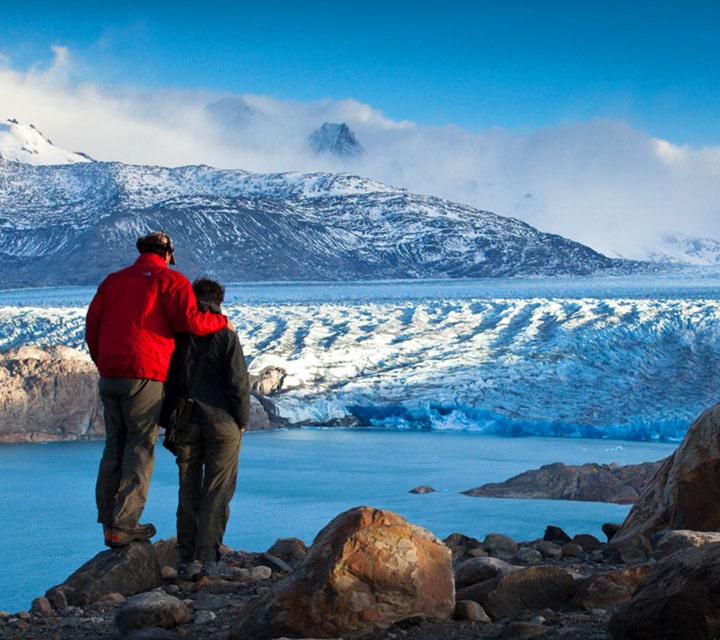
Having the proper gear will make your visit a marvelous experience, where the weather is no reason for you to not have the trip of a lifetime. We have also created a packing list check-list to download to be sure you pack everything you need for your Patagonia travel. Download your packing list here -----> Patagonia Packing List.
To learn more on Patagonia Overland Safaris ------> Luxury Patagonia Tours.
-
Puerto Montt and Puerto Varas are not Patagonia. That is just cultural appropriation, for tourism. In fact Chilean Patagonia and Argentinian Patagonia have cultural similarities that Puerto Montt and Puerto Varas just don’t. Life is hard and isolated there, so it’s kind of sad that other places try to take advantage of our name. Source: Born and raise in Patagonia.
-
Excellent article; very informative

